Mudjacking is an old and outdated form of lifting sinking concrete slabs. In this article, we’re going to explain more about mudjacking, why experts say it’s a bad idea, and why polyjacking is a better alternative.
What Is Mudjacking?
Mudjacking is when a mixture of sand, cement, and soil (a slurry) is pumped underneath your sunken concrete slab, patio, driveway, or sidewalk. Mudjacking was first invented back in the 1930s in Burlington, Iowa, and is still considered a viable concrete lifting solution. But, most experts no longer use mudjacking. Instead, they use another form of concrete leveling called polyjacking.
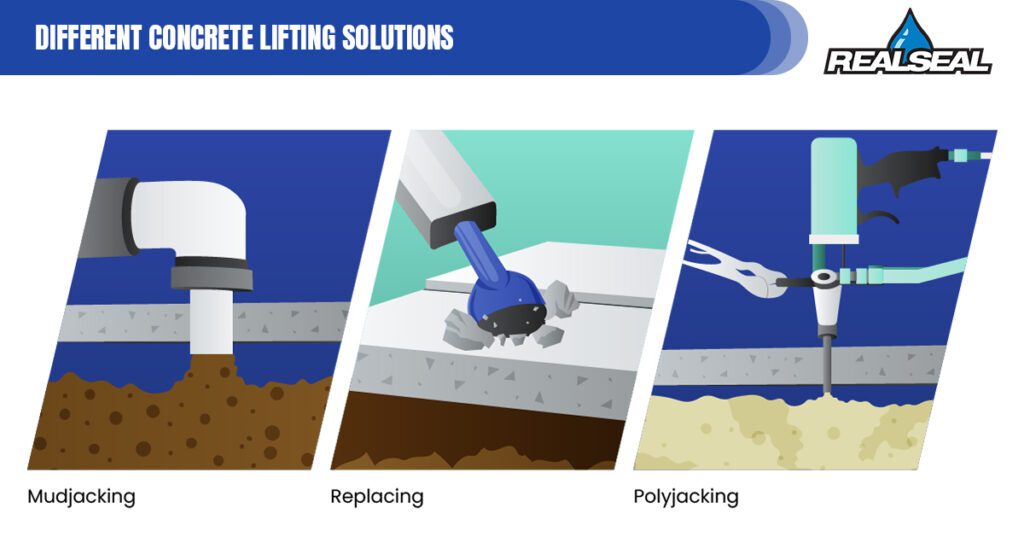
How Long Does Mudjacking Last?
Is Mudjacking Cheaper Than Pouring A New Concrete Slab?
The average cost of mudjacking a sunken slab ranges from $3 to $6 per square foot, depending on the size and sinkage of the concrete.
Can You DIY Mudjacking?
Most experts say that you shouldn’t try DIY concrete leveling. Unless you have access to cement, sand, soil, and a jacking pump, you should call a professional. Otherwise, you could potentially crack your slab or break it beyond repair.
Can You Mudjack Cracked Concrete?
Can Mudjacking Be Done In The Winter?
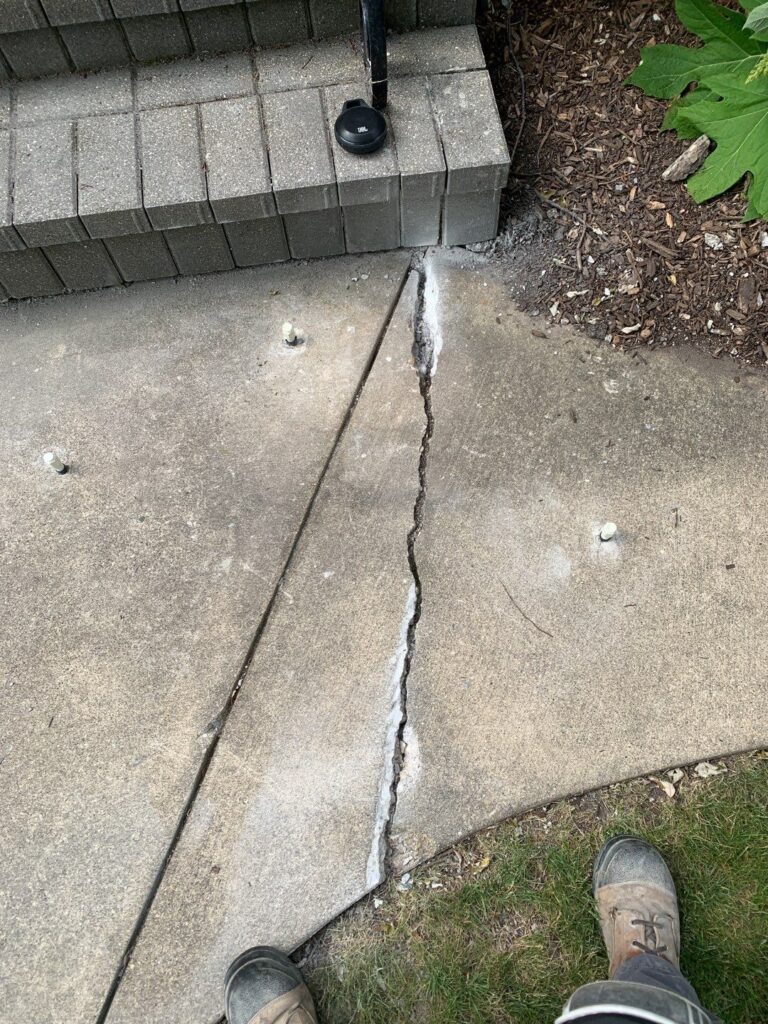
Is Mudjacking A Bad Idea?
- The slurry used in mudjacking is heavy and will cause the slab to sink again – Compared to polyurethane foam, which only weighs about 2.5 to 4 pounds per cubic foot, the mudjacking slurry weighs about 100 pounds per cubic foot. This increased weight will not stabilize the soil or prevent the slab from sinking again.
- Mudjacking is a very messy process – Mudjacking involves pumping hundreds of pounds of slurry underneath your concrete slab. If that slurry were to leak or accidentally spill, you could be looking at a huge cleanup process.
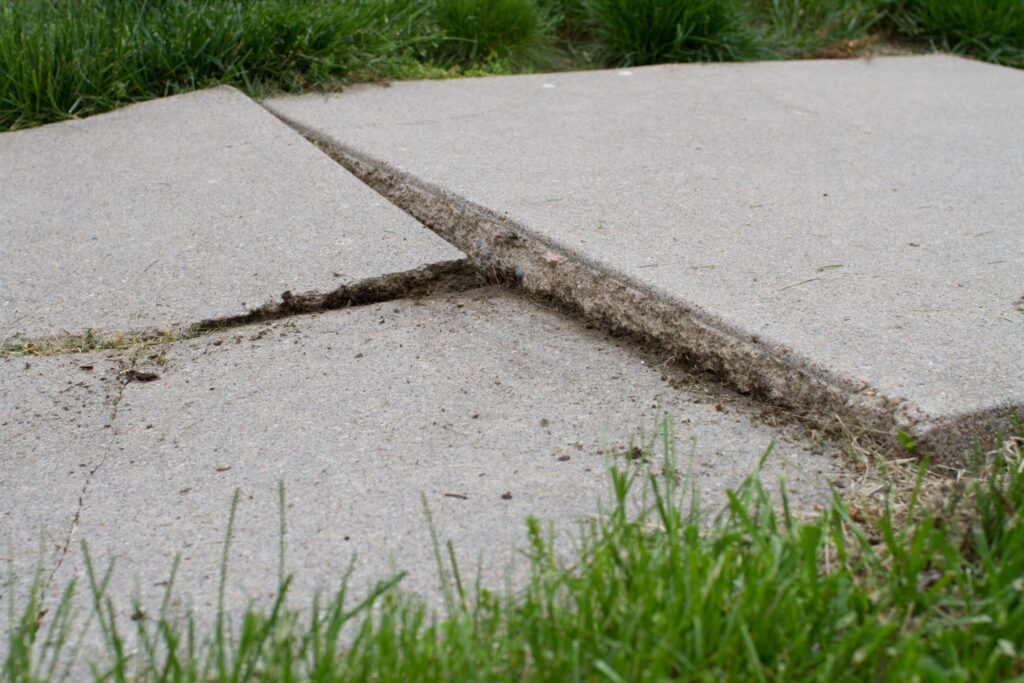
- The mudjacking process can damage your concrete – In order to pump the slurry under your concrete, 2-inch holes need to be drilled into your slab. These holes could turn into cracks or allow weeds/roots to grow through them.
- The slurry is not waterproof – The slurry used in mudjacking can wash out from under your slab if it comes in contact with water. Due to its weak nature, the slurry is also susceptible to shrinking and breakdown.
- Mudjacking does not last as long as polyjacking – Once the polyurethane foam is injected underneath your concrete, it only takes 15 minutes for it to harden. This makes your slab almost immediately usable. Mudjacked concrete needs at least 24 hours to become usable again and needs to be repeated in another two to five years. Compare that to polyjacked concrete, which can last indefinitely.
Why Is Polyjacking A Better Alternative?
- Polyjacked concrete can be used just 15 minutes after the foam is injected under your slab.
- Polyjacking doesn’t require any heavy excavation, trenching, or digging.
- Polyjacking foam only weighs about 2.5 to 4 pounds per cubic foot. This means that it won’t contribute to further settlement.
- Polyjacking is inert and non-toxic. Inert means that the foam won’t move or leech chemicals into your soil or grass.
- Polyjacking foam is hydrophobic. This means that if water drains under your slab, the foam won’t move or dissolve.
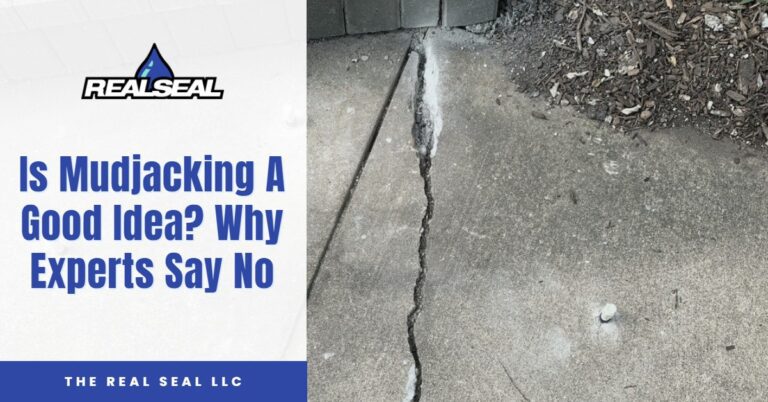
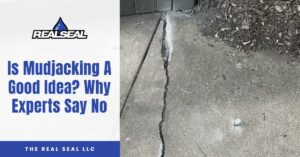





4 Responses
Good info as very informative, thanks
Happy to help Lindsay!
Can you left a major supporting beam in yor hause with poloyjck?
Hi David!
For raising a main supporting beam in the house, Polyjacking (or any concrete raising technique for that matter) would not be effective. The best way to tackle this problem would be replacing the I-Beam and/or Supports to the I-Beam. These are likely sinking or sagging and causing the issue and should be repaired properly.